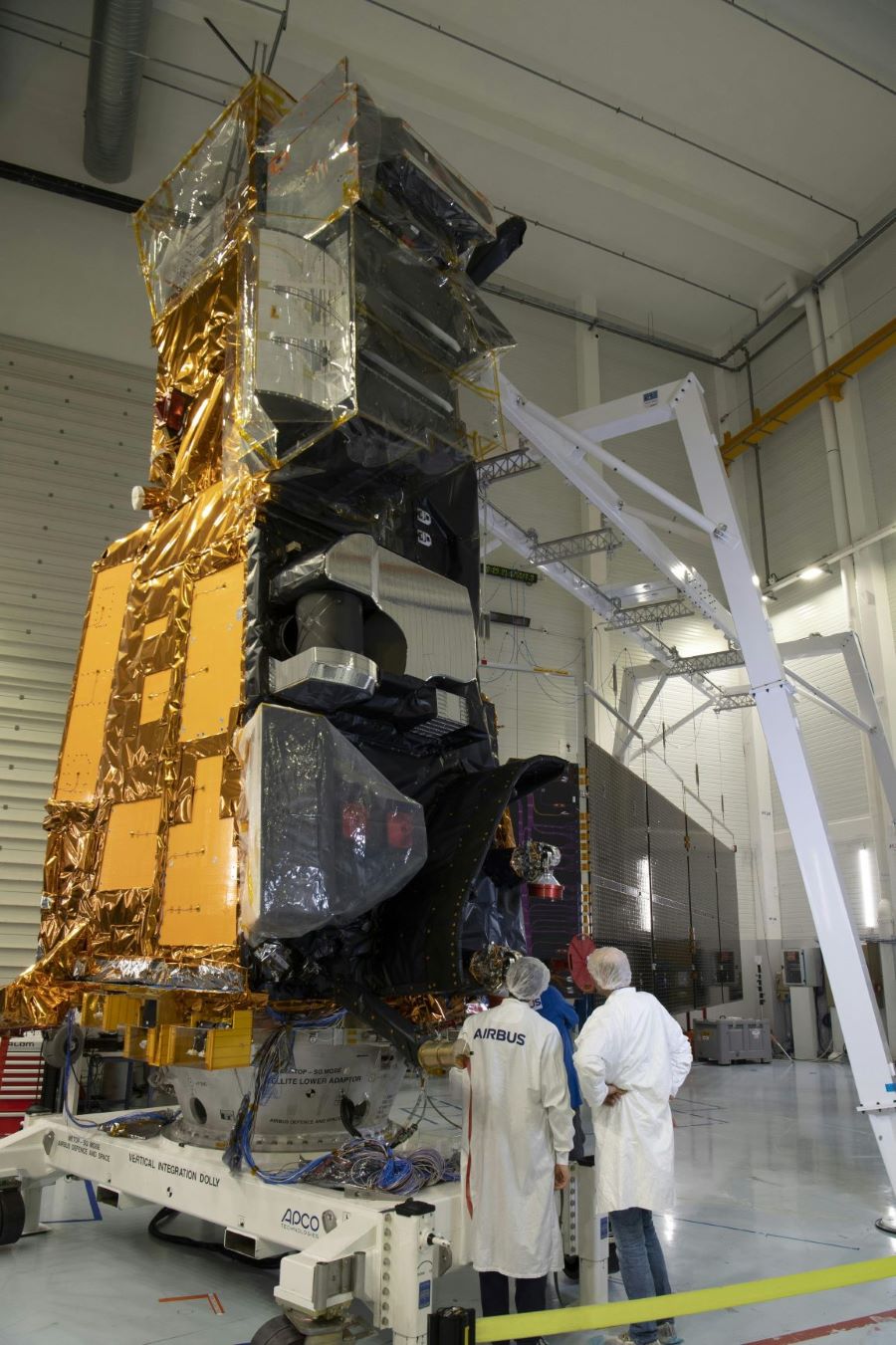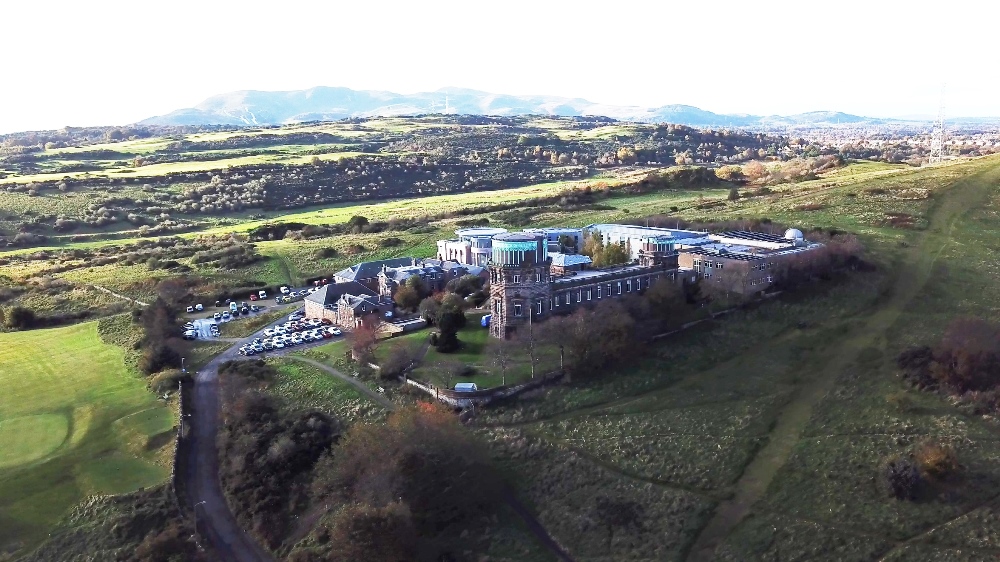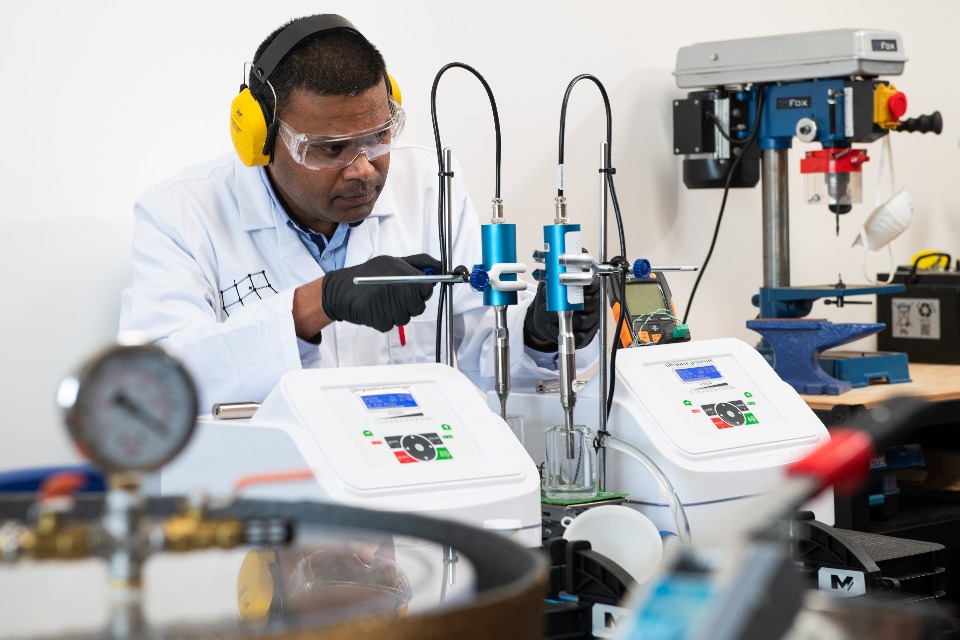Hidden galaxies may hold answers about Universe
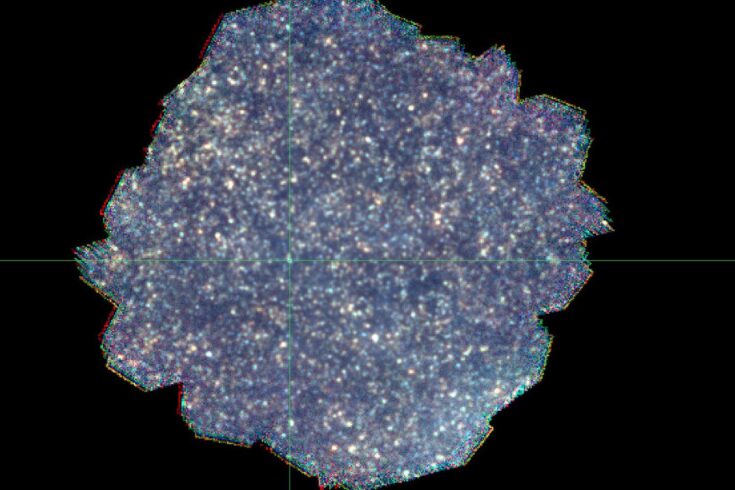
Above: Image of countless stars against a blue background.
Courtesy STFC RAL Space
The resulting image is called the Herschel-SPIRE Dark Field.
The research suggests the existence of a population of ‘hidden’ galaxies that could account for the missing energy in the Universe’s infrared light budget.
Dr Chris Pearson from STFC RAL Space, lead author of one of two papers published today in Monthly Notices of the Royal Astronomical Society, said: "This work has pushed the science with Herschel to its absolute limit, probing far below what we can normally discernibly see and potentially revealing a completely new population of galaxies that are contributing to the very faintest light we can observe in the universe."
Creating the deep image
Approximately half of our Universe remains hidden from direct observation, obscured by intervening cosmic dust.
To build a complete picture of the Universe and its evolution, astronomers must observe across multiple wavelengths of light, like long far-infrared wavelengths observed by Herschel’s SPIRE (Spectral and Photometric Imaging REceiver) instrument.
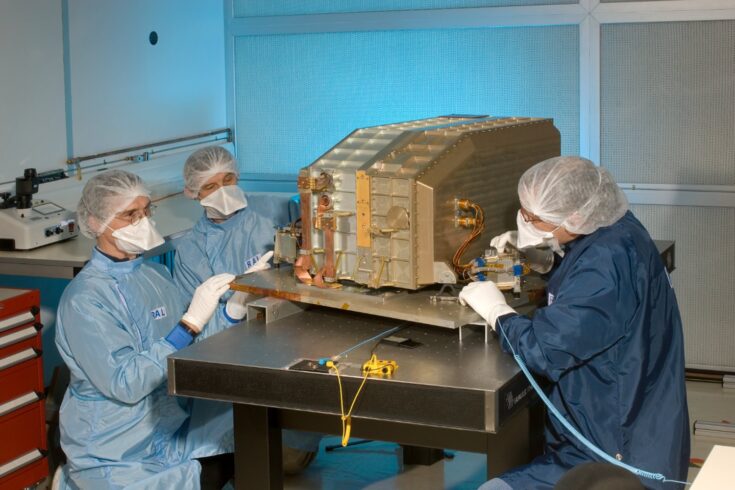
Above: SPIRE in a RAL Space cleanroom.
Courtesy STFC RAL Space
Dr Pearson explained: "The SPIRE instrument routinely stared at a single patch of ‘dark sky’ every month or so for the duration of its mission in space in order to monitor and measure its performance
"Our paper published today has taken each of these single observations – 141 images in total – stacking them on top of each other to create a final image known as the ‘Herschel-SPIRE Dark Field’.
"This new image will provide insight into the faintest galaxies in the cosmos that contribute to the infrared background light emitted by the universe, allowing scientists to drill down to the individual sources responsible for all the infrared light we see from space."
Importance of infrared observations
Dr Pearson highlighted the importance of observing the Universe in infrared light: "When we look at starlight through normal telescope, we are only able to read half of the story of our Universe, the other half is hidden, obscured by intervening dust.
"In fact, roughly half of the energy output of the Universe is from starlight that has been absorbed by dust and re-emitted as cooler infrared radiation. To fully understand the evolution of our Universe we need to observe the sky in both optical and longer wavelength infrared light."
Unexpected increase in galaxies
The analysis revealed possible evidence of a previously undiscovered population of faint galaxies hidden in the image blur, too faint to be detected by conventional methods. This unexpected increase in the number of galaxies is not predicted by current models.
If proven to exist, this new population may provide the missing piece to account for all remaining infrared energy observed in the Universe.
Dr David Clements, astrophysicist at Imperial College, said: "These results show just how valuable the Herschel archive is. We’re still getting great new results more than 10 years after the satellite stopped operating.
"What we can’t get, though, is more data at these wavelengths to follow up these fascinating new results. For that we need the next generation far-IR mission, PRIMA, currently being proposed to NASA."
The next-generation far-IR mission
Dr Clements continues: "What we can’t get, though, is more data at these wavelengths to follow up these fascinating new results. For that we need the next generation far-IR mission, PRIMA, currently being proposed to NASA."
The Probe far-Infrared Mission for Astrophysics (PRIMA) is being supported by a UK consortium including:
- RAL Space
- the University of Sussex
- Imperial College London
- Cardiff University
It would involve the use of a 1.8m telescope optimised for far-infrared imaging and spectroscopy, bridging the gap between existing observatories such as the James Webb Space Telescope and radio telescopes.
PRIMA is one of two proposals shortlisted for NASA’s next $1 billion (£772 million) probe mission. NASA will confirm its final mission selection in 2026.




